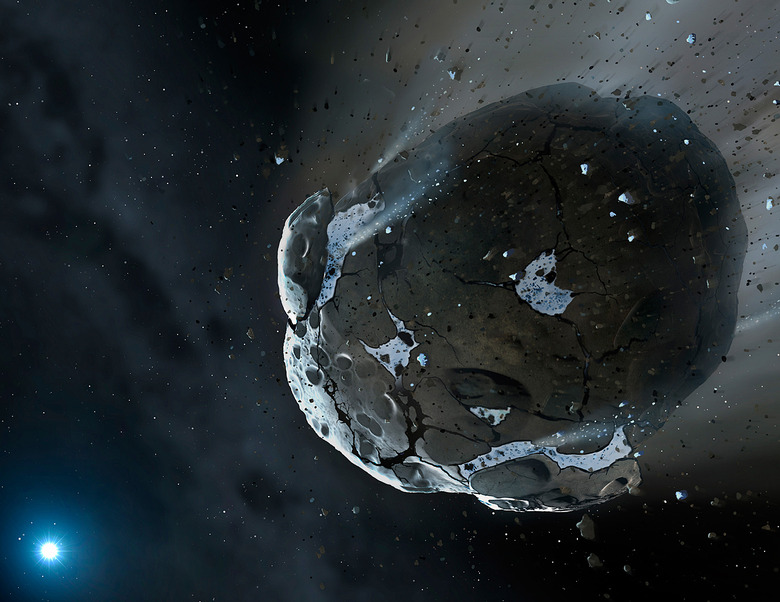Colossal Asteroid Will Approach Earth On Friday, But We'll Be Fine
NASA is always keeping an eye on space rocks that get anywhere near Earth, and 2019 has been a relatively calm year in terms of close passes. A recently discovered asteroid is going to make a not-super-close pass of Earth later this week, and while it doesn't pose much of a threat to our planet it's worth mentioning simply because of its size.
The rock, known as 2019 DN, is slated to arrive at its closest point to Earth this coming Friday, March 8th. At its nearest distance the asteroid will still be around 13 lunar distances away. One lunar distance is equal to the space between the Earth and our Moon, so it's clear the asteroid has little chance of disrupting Earth during its flyby, and that's a very good thing considering its size.
NASA estimates the asteroid to be between 91 and 200 meters wide. That's a pretty sizable chunk of space debris as far as the Earth is concerned. It's not the kind of rock that would pose a threat to humanity's existence, but it would definitely cause some commotion if it were to come down above a populated area.
For the sake of comparison, the large Chelyabinsk meteor that streaked across the skies of Russia back in 2013 was around 20 meters wide. The asteroid became a fireball which exploded in the atmosphere with a force equivalent to over 400 kilotons of TNT, damaging thousands of buildings and injuring some 1,500 people.
In contrast, the rock that created the dinosaur-killing Chicxulub impact in Mexico was thought to be as large as 50 miles in diameter. If 2019 DN made a surprise appearance we wouldn't be wiped out, but we'd definitely hear about it.
NASA takes every single space rock seriously, and it keeps an up-to-date record of close Earth approaches that it forecasts months and even years ahead of time. You can even browse the entire list online, if that's your kind of thing.
